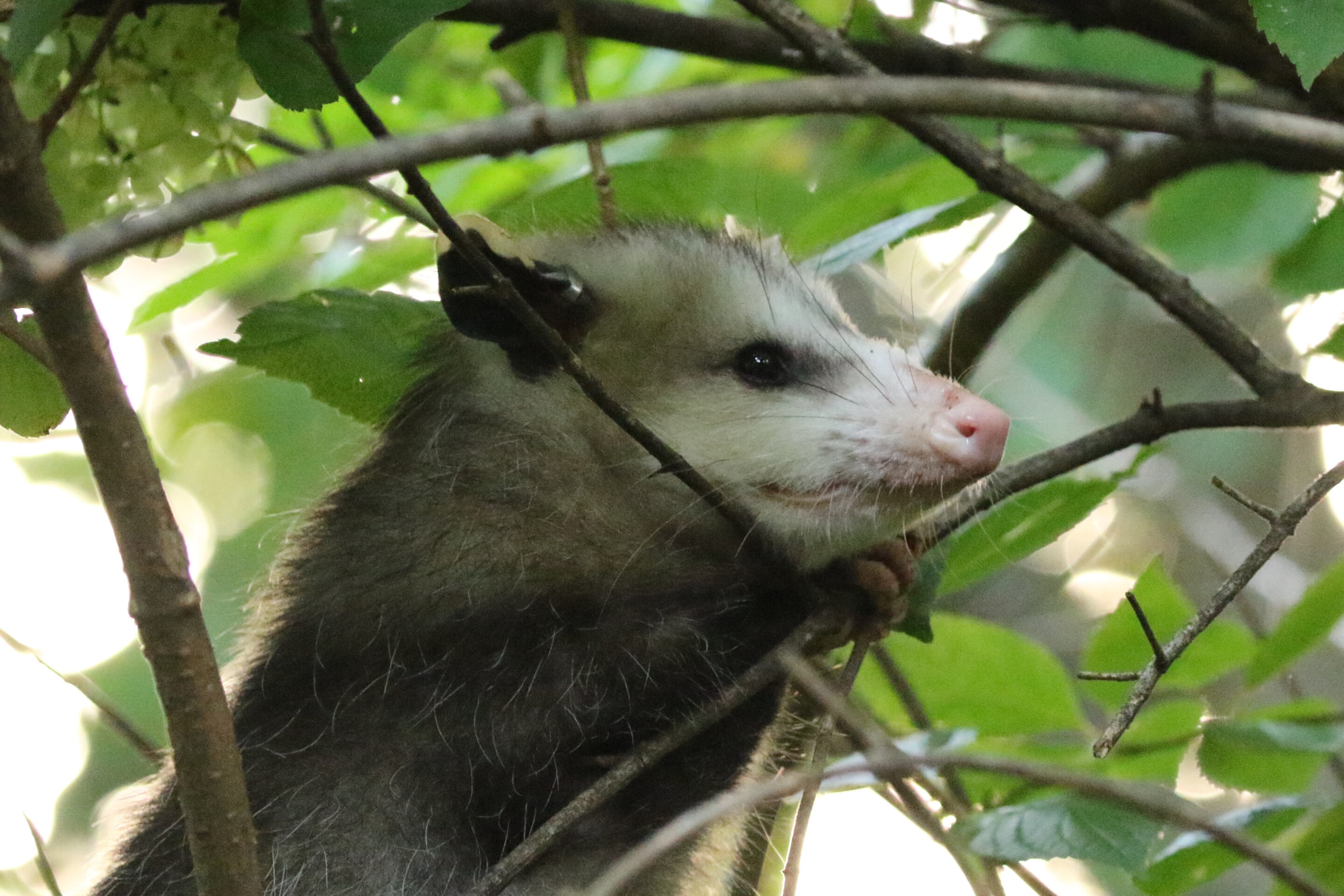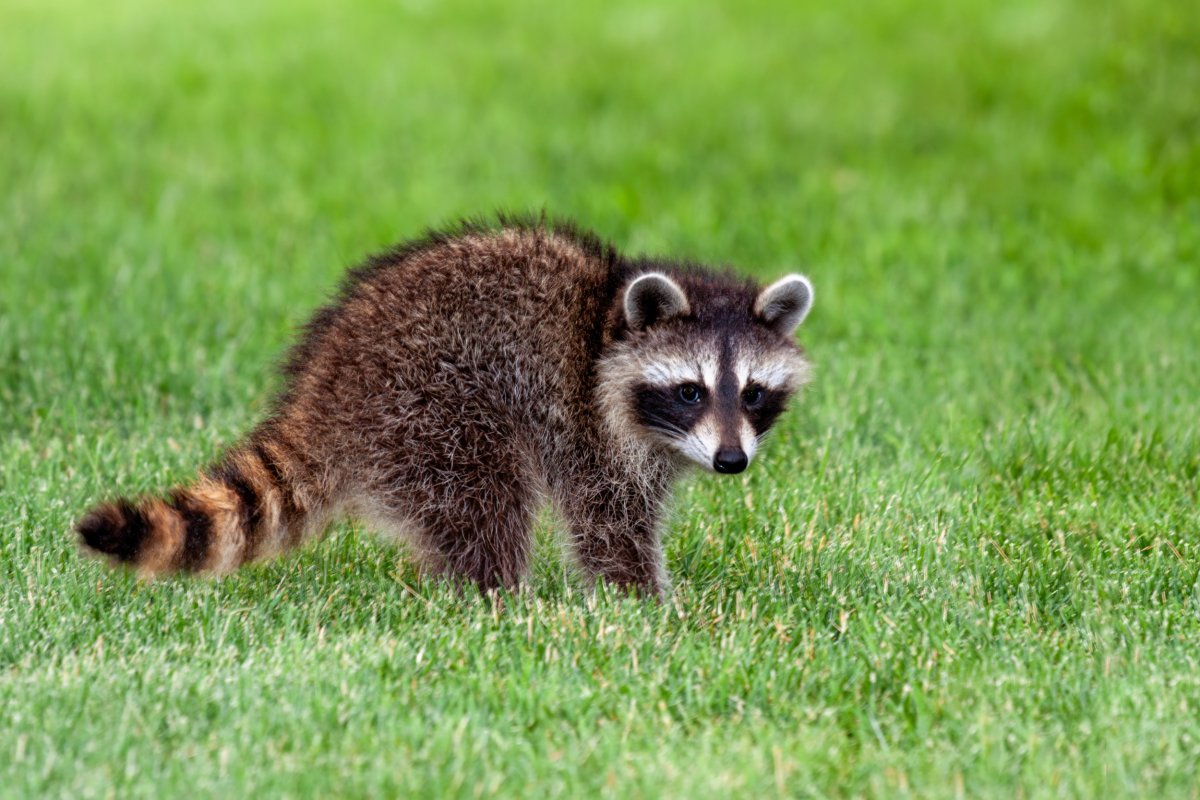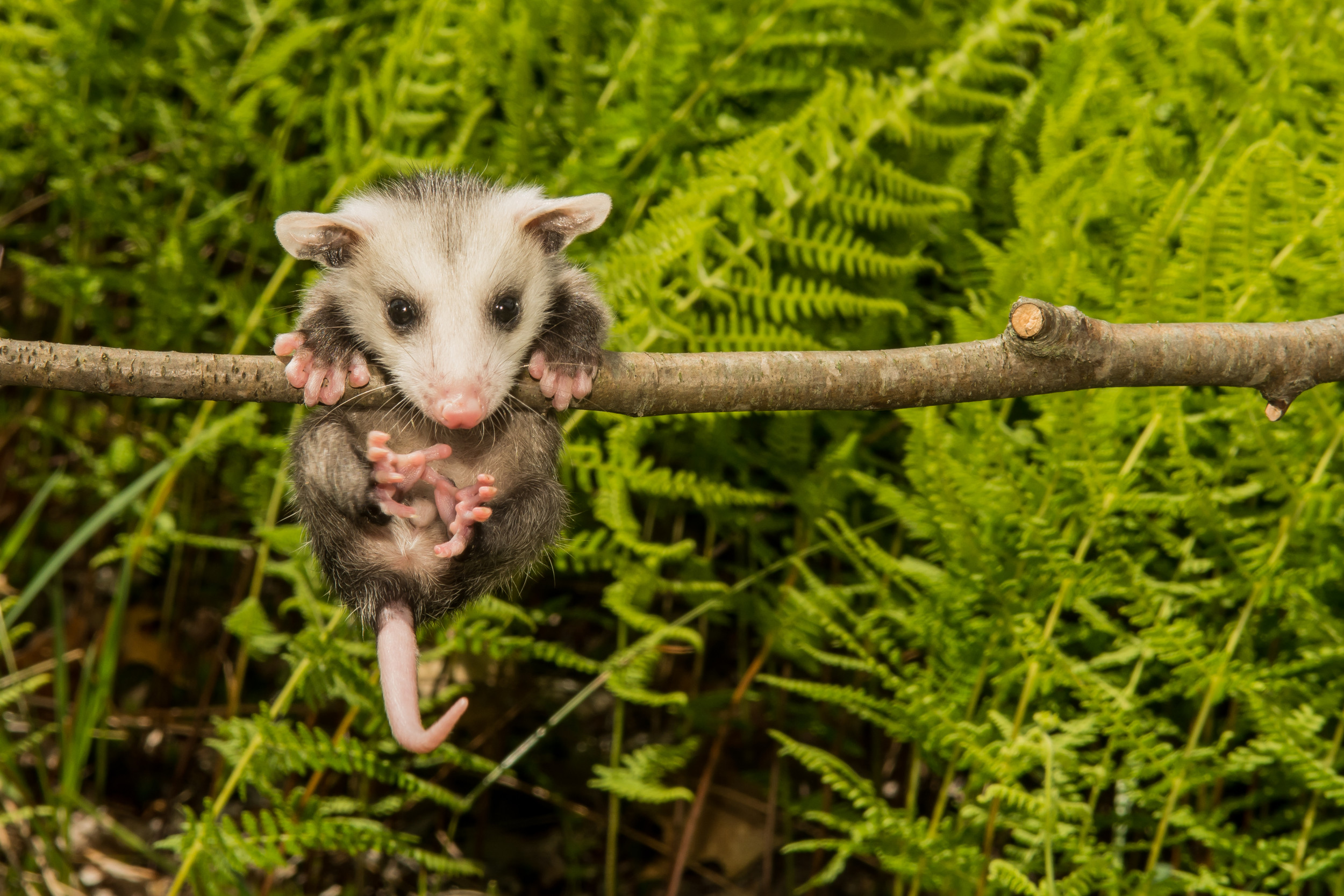
A recent study has revealed that the COVID-19 virus, SARS-CoV-2, is widespread among common wildlife species in various parts of the United States. The research was conducted by scientists from Virginia Tech and published in the journal Nature Communications. According to the study, six common backyard wildlife species have been identified as carrying SARS-CoV-2: deer mice, Virginia opossums, raccoons, groundhogs, Eastern cottontail rabbits, and Eastern red bats. The presence of the virus in these animals was confirmed through genetic testing and antibody detection. Exposure rates to the virus varied from 40% to 60% depending on the species.
The highest exposure to SARS-CoV-2 was found in animals living near hiking trails and high-traffic public areas, suggesting that human activity is a significant contributor to the spread of the virus among wildlife. The study also identified unique viral mutations in some of the wildlife samples, which closely matched variants circulating in humans at the time. This finding supports the theory that there is ongoing transmission between humans and animals.
The researchers emphasized that more surveillance for COVID-19 in animals is urgently needed as many common species are likely being exposed to the virus in other areas as well. They also warned that new mutations found in wildlife could make the virus more dangerous and transmissible, creating challenges for vaccine development.
It is important to note that there is no evidence of humans contracting COVID-19 from wildlife. However, there have been instances where animals have tested positive for the virus after coming into close contact with infected humans. Therefore, it is recommended that people avoid contact with wild animals and dispose of trash properly to prevent potential transmission.
The study adds to the growing body of evidence that SARS-CoV-2 is not limited to humans and can spread among various animal species. This highlights the importance of understanding the dynamics of this virus in wildlife populations and its potential impact on public health.






